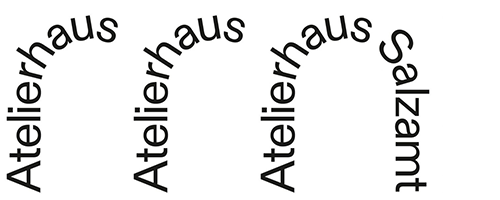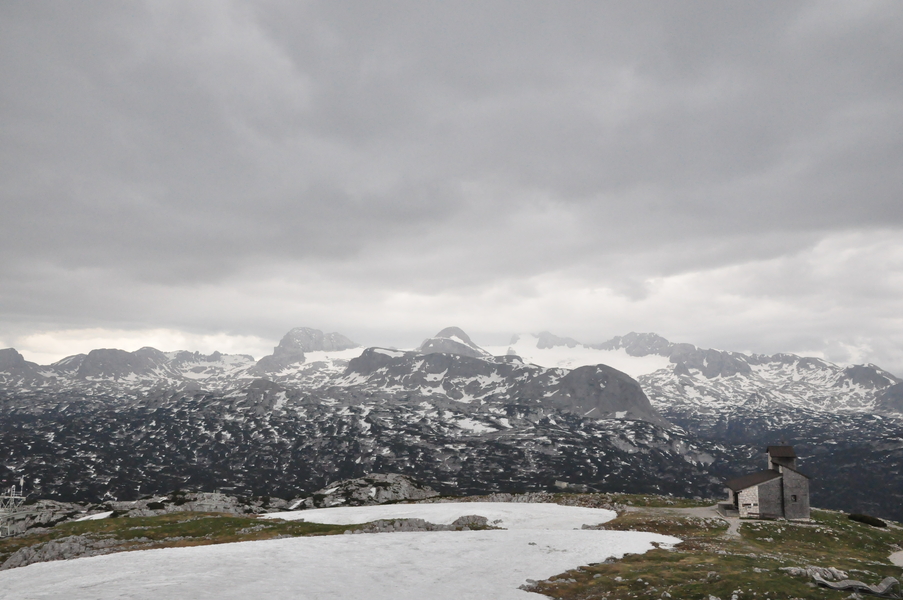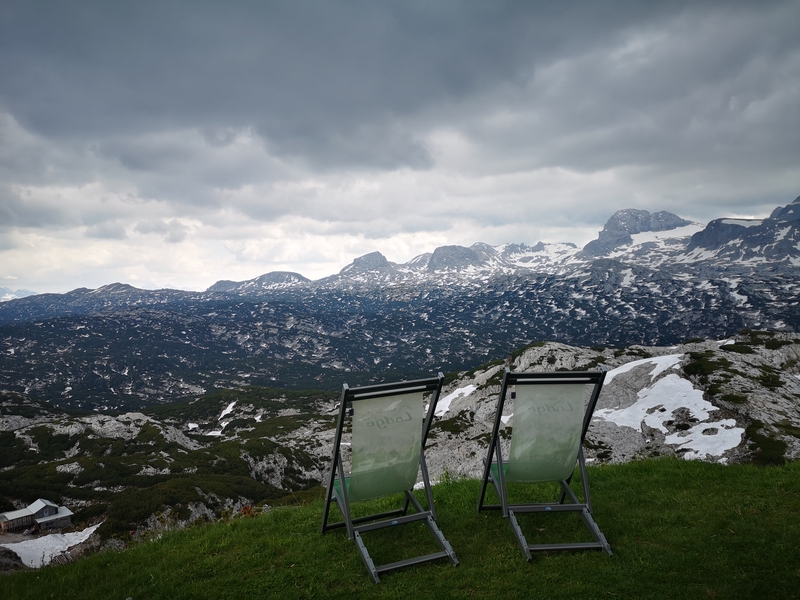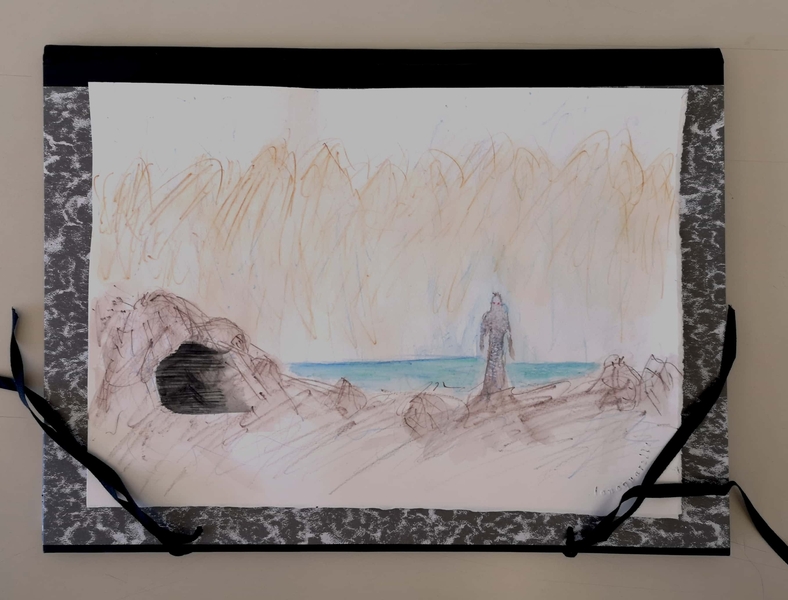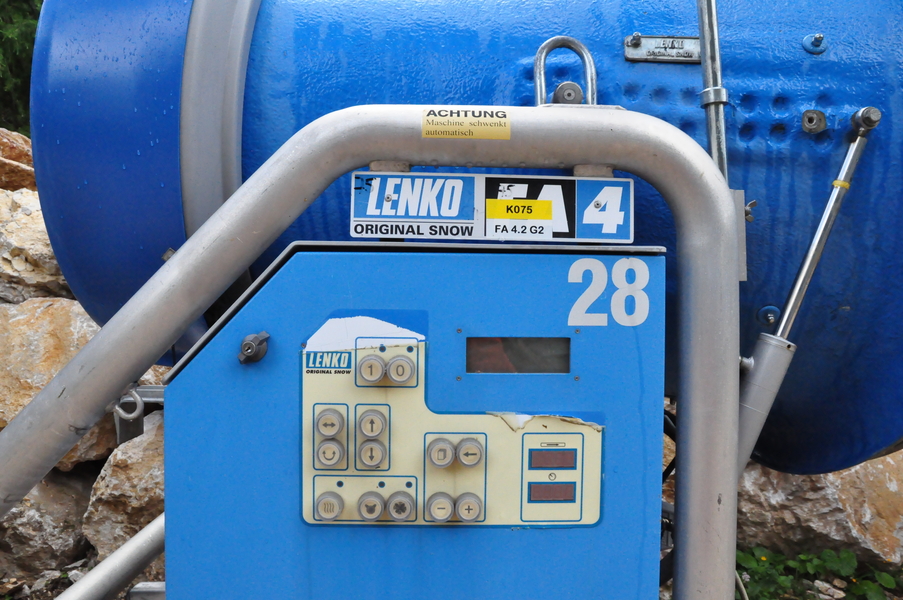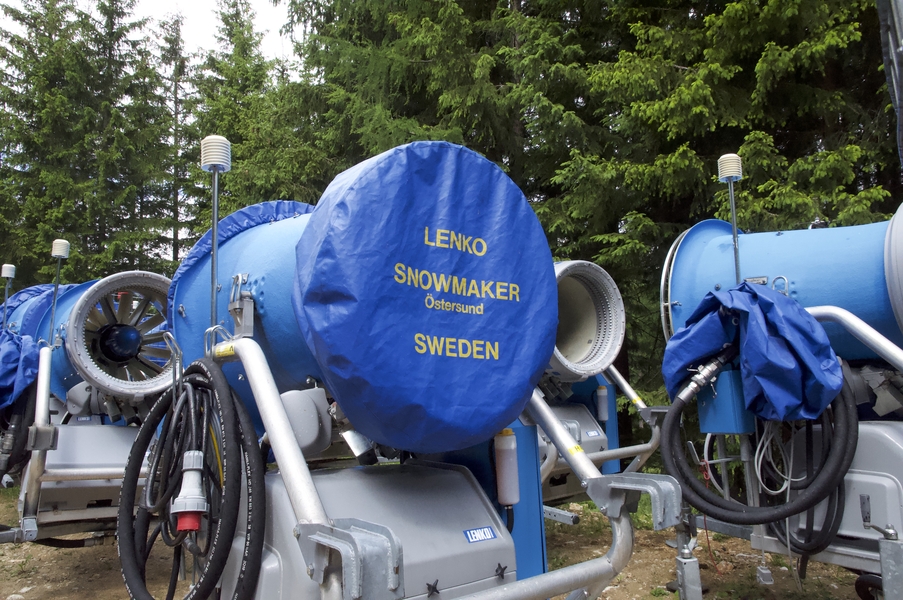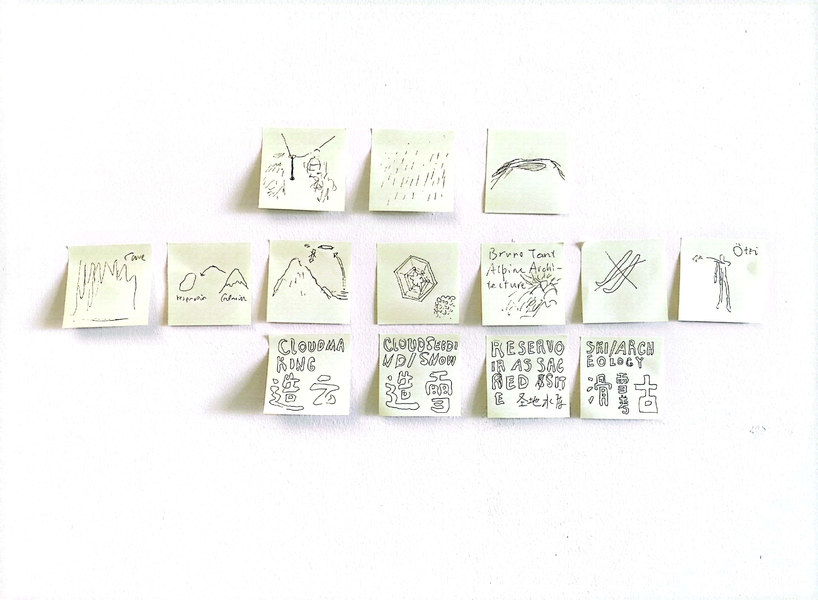Lei Xi – Artist in Residence
Xi Lei is an artist and researcher based in Linz, Austria and Changshu, China. He is a doctoral candidate in artistic research at the University of Arts and Design Linz. He recently focuses on the relationship between anthropocentrism and geographical hierarchies in the Chinese context and beyond in terms of water-related issues, such as agriculture and water management, ranging from theory to artistic practice.
Since 2020, Lei has embarked on a long-term artistic research project “Beyond Geo-anthropocentrism and Land-centrism.” With water-related sites and issues, such as Beijing’s hydraulic systems and Sangyuanwei Polder Embankment (桑园围) as the main case studies, this ongoing project aims to investigate and rethink geo-anthropocentrism (a form of anthropocentrism based on a geographical hierarchy), land-centrism (a position that regards non-terrestrial environments, such as waters, with a terrestrial bias), and their interplay with the land-water hierarchy. Based on particular on-site knowledge and embodied experiences the artist gathered during fieldwork, as well as a series of artistic practices, this project also aims to explore new implications of “amphibiousness” in terms of artistic methods, providing new directions for reshaping the relationships between land, water, humans, non-humans.
Fotos: Lei Xi
Lei perceives ice as a unique manifestation of water, possessing an inherent ambiguity, namely the potential to become part of the land (e.g. glaciers) or to turn into liquid (e.g. lakes and rivers). Similar to life of deltas and islands, living with ice or glaciers implies a state distinct from the dichotomy of land and water that often underlies land-centrism. During the six-week residency at Salzamt, he investigated glaciers, ski tourism, the snowmaking industry, and folklore of the Alpine region, where he recognized that ice serves as an amphibious elemental medium. For instance, the Alpine glaciers, the natural “water reservoirs,” carries not only important prehistoric meteorological data, but also social and cultural connotations on both material and immaterial levels, while being one of the existential conditions for the Alpine mountainous life and ecology.
He noticed, however, that the tendency of the dominant narrative is to view glacier melting merely in terms of resources, which raises questions about whether there is also a geo-anthropocentric as well as a land-centric underpinning to these discourses.
The residency inspired Lei to further investigate the ice in that Alpine region, while attempting to echo the following question through a series of artistic practices: how should we rediscover the subjectivity of ice as an amphibious medium.
